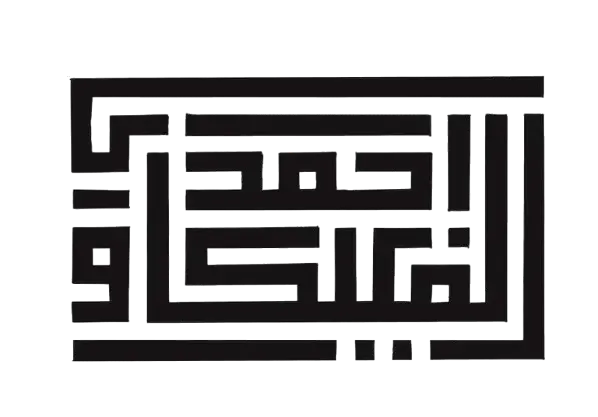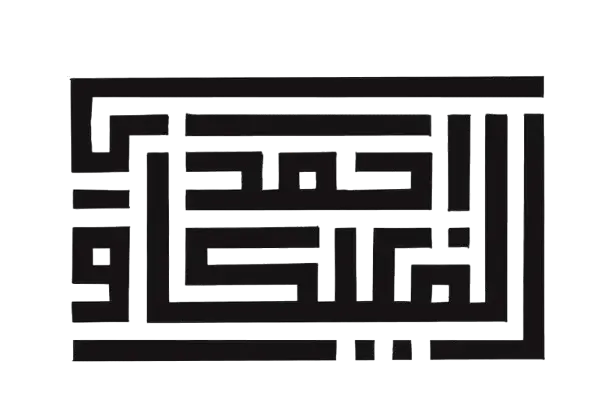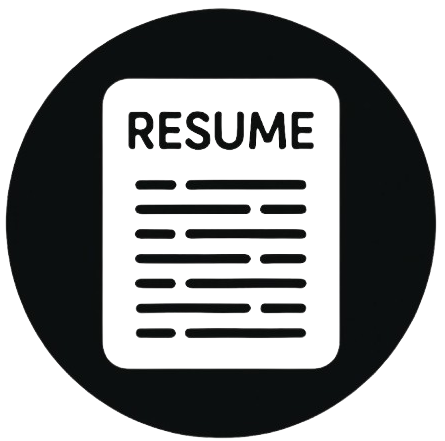In some classrooms, the teacher has become a mere monitor, the student a copyist, while the screen advances one step—and the mind retreats two.
We never rejected artificial intelligence itself. What we fear is its silent replacement of the human role—that students begin to produce flawless texts with no trace of their spirit, while teachers become graders of style, not witnesses of thought.
The real danger is not in seeing polished assignments, but in celebrating them while knowing—or pretending not to know—that the mind meant to produce them was absent.
A Stanford University study (2023) revealed that smart tools speed up homework, but weaken the ability to form independent opinion. And a UNESCO report (2024) warned: “Knowledge without human guidance becomes shallow,” yielding a generation of “excellent users… but not independent thinkers.”
Every minute saved by the tool may be a minute lost from the student’s intellectual growth.
Today, students ask the AI for its opinion… and submit it as their own. But when asked to explain, they stumble, withdraw, or admit: “I don’t know… this is just what came out.”
Here lies the catastrophe: the text rises, while its author disappears. Classrooms turn from laboratories of thought into showrooms of digital products. The teacher walks through them like a visitor in an exhibition—admiring the colors, but never asking about the painter.
The gravest shift is the replacement of thought-making with text-making, judging students by the beauty of their writing rather than the presence of their minds. Education is not about how much a student produces—but how much they think while producing it.
And so the deeper question emerges: are we raising minds that generate ideas—or simply training fingers to input the right prompts into a machine?
The solution is not to fight AI, but to tame it:
-
Combine oral and written assessments: no task is complete until explained in the student’s own voice.
-
Design open-ended assignments: tie knowledge to personal life and perspective.
-
Train teachers to detect the “student’s fingerprint”: spot the gap between what they write and what they can say.
-
Reinforce the culture: tools assist—but never replace—the mind.
For the machine, no matter how precise, has no conscience. And the student, once stripped of his own voice, becomes a follower, not a learner.
So, education system: do not ask only about the level of assignments. Ask one question before giving any grade:
Did the student write it—or was it written for him?



